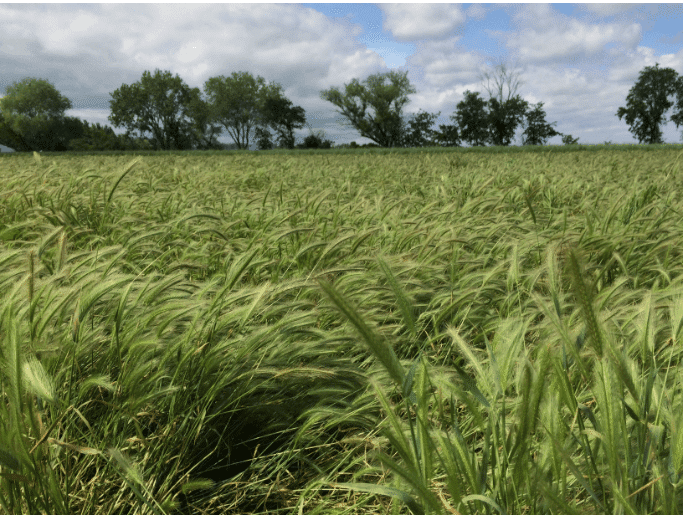
Alkali Barley
Hordeum depressum
This is an annual grass that grows between 1 to 2 feet tall. It is used for habitat restoration and as a cover crop. This grass prefers full sun and is typically found in grasslands, prairies, and disturbed areas.
- Growing Region: Pacific Northwest, Intermountain West, California
- Blooms:
- Life Form: Grass
- Application Type: Habitat Restoration, Land Reclamation
- Height: 0-1 ft
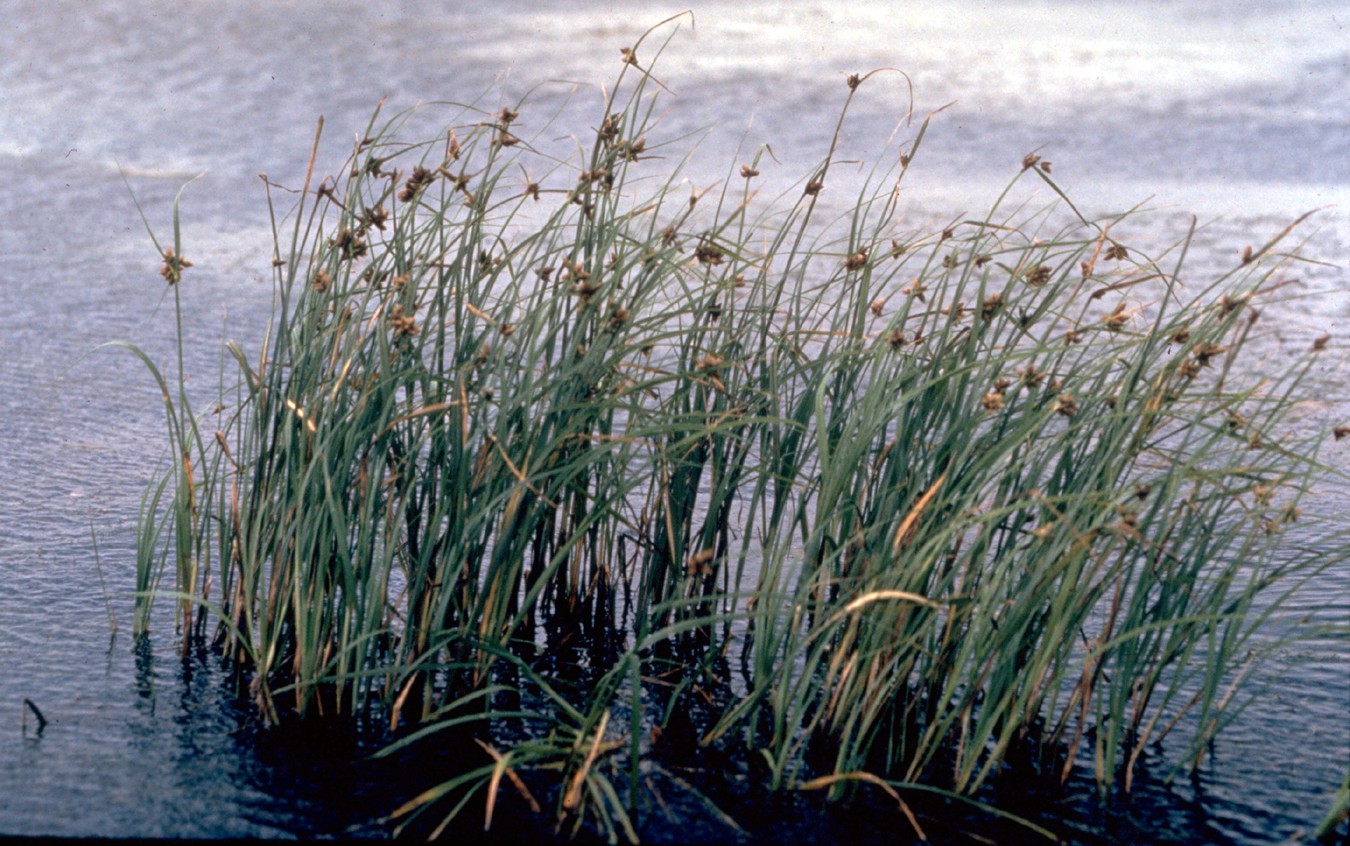
Alkali bulrush
Schoenoplectus maritimus
Cool season, stout, rhizomatous, native, grass-like perennial occurring in wet alkaline or saline soils in meadows, marshes or near waterways. Valuable for providing cover for waterfowl and shore birds. Recommended for reclamation of mud flats, bogs, or other areas adjacent to shallow or stagnant water.
- Growing Region: Pacific Northwest, California
- Blooms:
- Life Form: Grasslike
- Application Type: Habitat Restoration, Land Reclamation
- Height: 1-3 ft
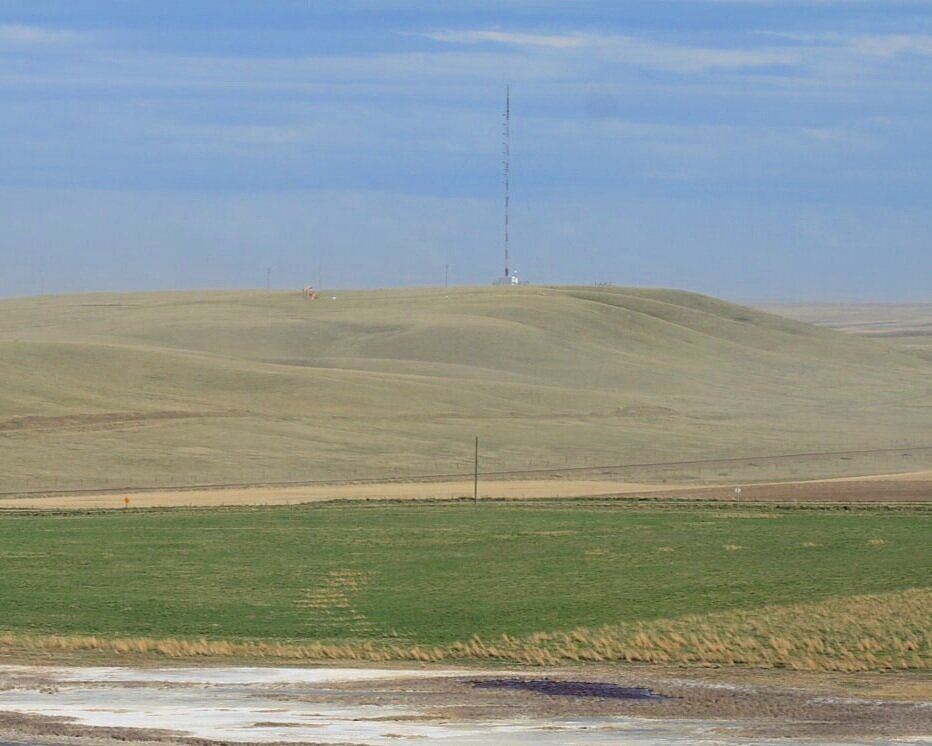
Alkaline Hay & Pasture Blend
n/a
A blend of grass species designed to grow in difficult alkaline soil conditions. Alkaline soils are typically high pH clays (≥ 8.5) with poor particle structure and low capacity for water infiltration and drainage due to the presence of sodium carbonate. Use in either irrigated or dryland applications.
- Growing Region: Pacific Northwest
- Blooms:
- Life Form:
- Application Type: Agricultural Conservation, Forage & Pasture
- Height:
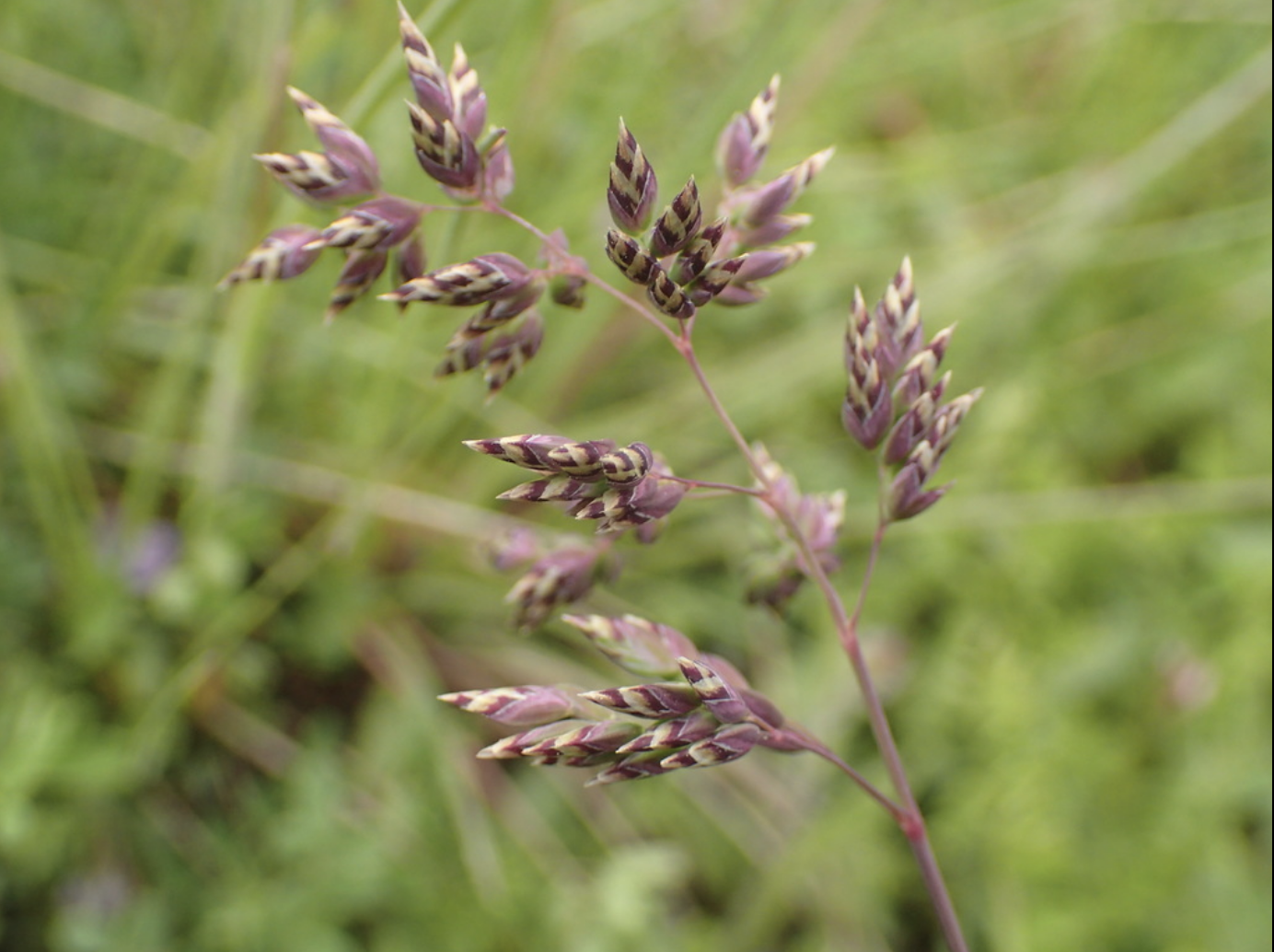
Alpine bluegrass
Poa alpina
Short, densely tufted, Cool season perennial bunchgrass adapted to subalpine and alpine slopes and meadows. Wide variety of soils from clay to gravel. Leaves form a dense mat providing good soil cover. Good palatability for wildlife but does not produce a lot of forage. Useful for revegetating high elevation rangelands
- Growing Region: Intermountain West, Pacific Northwest
- Blooms:
- Life Form: Grass
- Application Type: Habitat Restoration, Land Reclamation
- Height: 0-1 ft
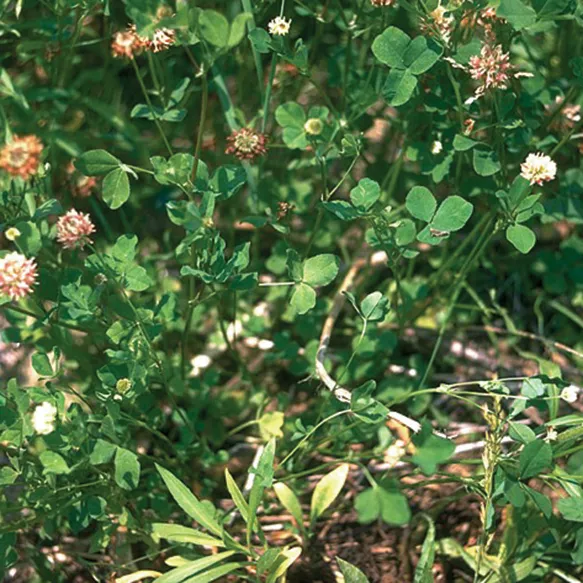
Alsike clover
Trifolium hybridum
Medium statured, relatively short-lived nitrogen-fixing perennial legume with pale pink to white flowers. Not a hybrid, despite its name. Adapted to a wide range of soil types, including sites too acidic for Red clover (T. pratense); more alkaline tolerant than most clovers. Prefers wet sites, tolerating waterlogged soils and up to six weeks of flooding. Winter hardy, able to survive at northern latitudes and high elevations. Use for hay, pasture and soil improvement on Cool, wet sites. Plant with Timothy (Phleum pratense) or Meadow brome (Bromopsis biebersteinii) to improve hay production and prevent lodging. Excellent nectar and pollen source for bees, especially honeybees.
- Growing Region: Midwest, Southeast, Intermountain West, Northeast, Southwest, Pacific Northwest
- Blooms: Spring, Summer, Fall
- Life Form: Legume
- Application Type: Agricultural Conservation, Cover Crop
- Height: 1-4 ft
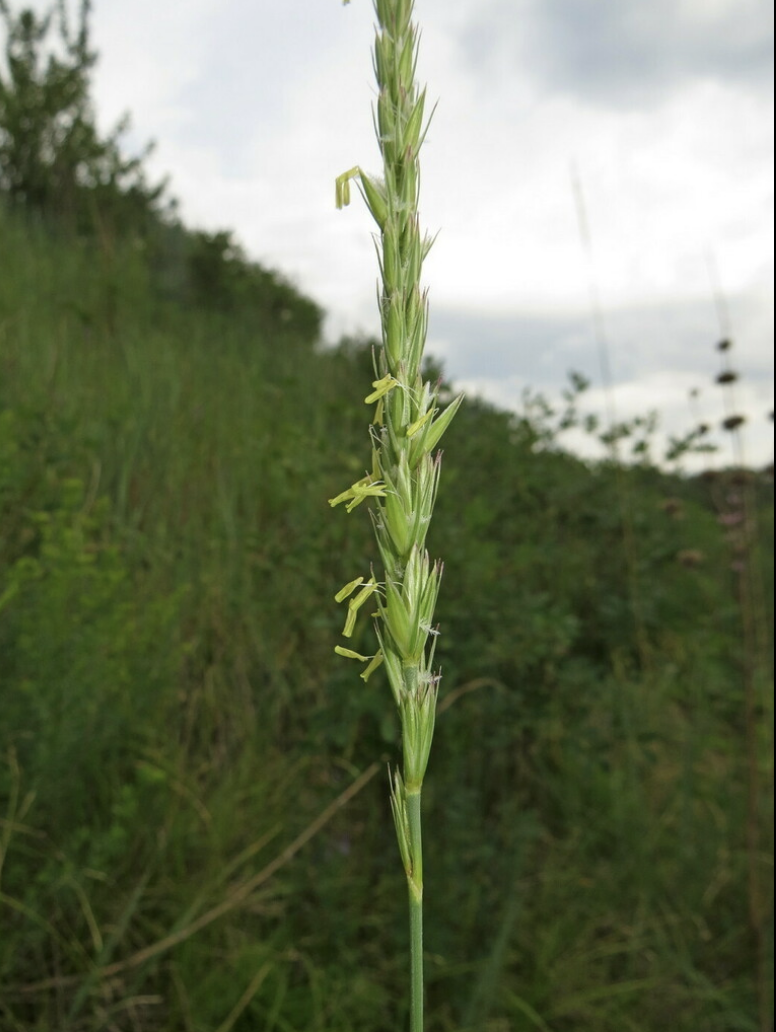
Altai wildrye
Leymus angustus
Formerly Elymus angustus. Robust, Cool season, long-lived, perennial bunchgrass with short creeping rhizomes. Well adapted to loam and clay soils, drought tolerant and extremely salt and alkaline resistant. Excellent winter hardiness. Root system may extend to 14 ft. below the surface, making it useful for soil stabilization. Excellent forage, especially in winter when plants stand above the snow surface available for grazing. Nearly as productive as Tall wheatgrass (Thinopyrum ponticum) on saline soils.
- Growing Region: Pacific Northwest, Intermountain West
- Blooms:
- Life Form: Grass
- Application Type: Agricultural Conservation, Erosion Control, Habitat Restoration, Land Reclamation
- Height: 1-4 ft
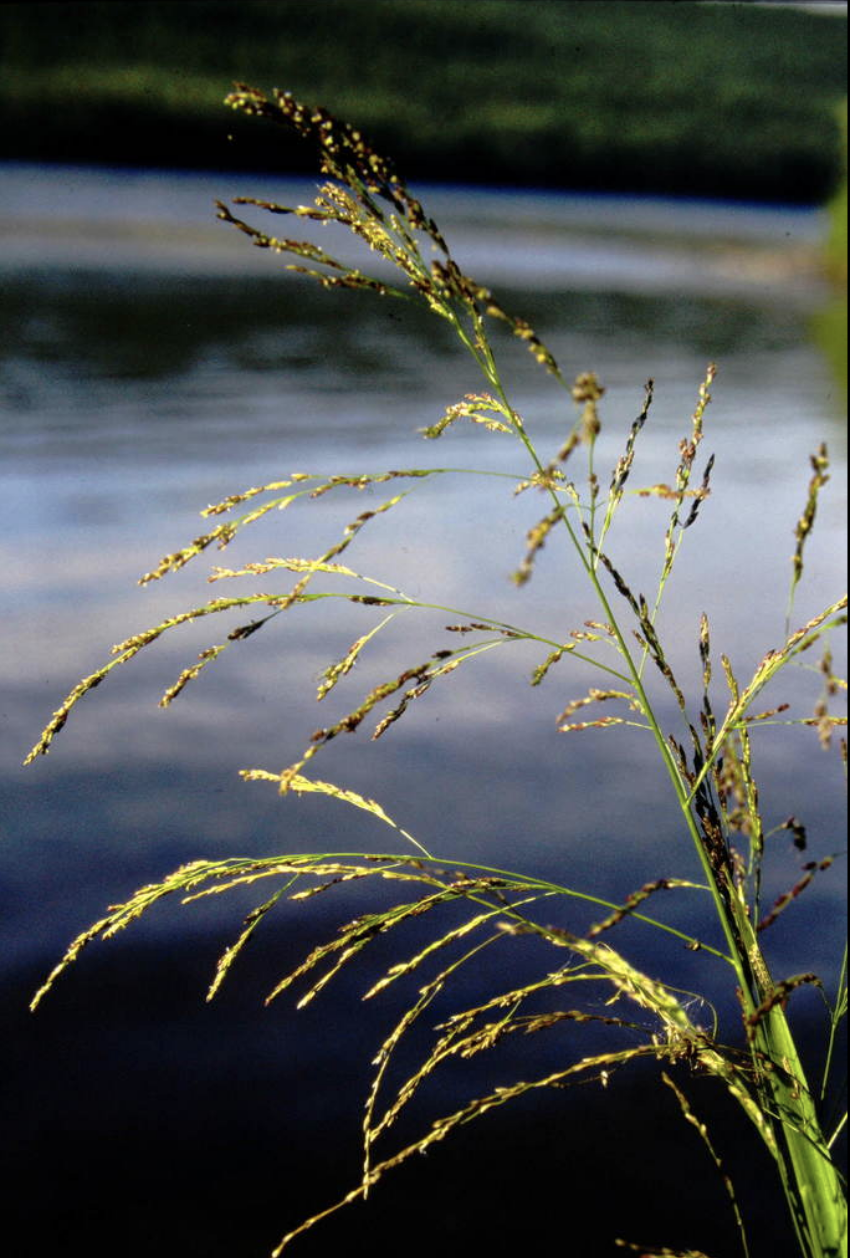
American mannagrass
Glyceria grandis
Cool season, rhizomatous, native perennial that occurs in wetlands, streambanks, marshes and ditches. Requires wet to moist soils; withstands periods of submersion. Grows rapidly. Important wetland food and habitat source for waterfowl, muskrats and deer throughout its range.
- Growing Region: Pacific Northwest, Southeast
- Blooms:
- Life Form: Grass
- Application Type: Habitat Restoration, Land Reclamation
- Height: 1-3 ft
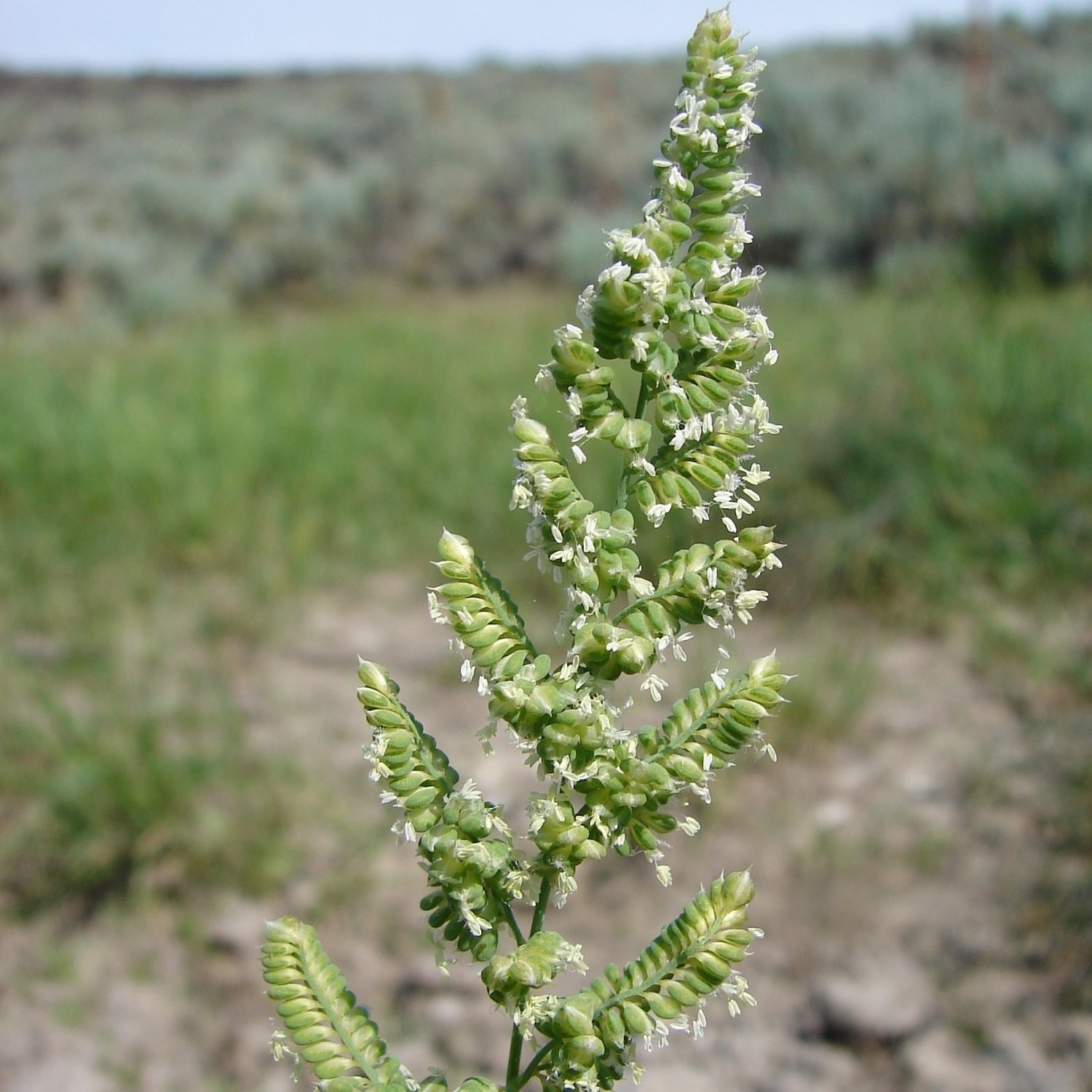
American sloughgrass
Beckmannia syzigachne
Cool season, robust annual or short-lived perennial that may develop short rhizomes. Commonly occurs on wet sites such as ponds, swamps, ditch banks, shallow marshes and sloughs. Prefers clay soils; tolerant of saline soils. Shallow-rooted and able to colonize denuded wetland soils, making it excellent for riparian reclamation. Seeds are eaten by migratory birds. Palatable and frequently used for hay or grazing.
- Growing Region: Pacific Northwest, Intermountain West, Northeast, Midwest
- Blooms:
- Life Form: Grass
- Application Type: Agricultural Conservation, Erosion Control, Habitat Restoration, Land Reclamation
- Height: 1-3 ft
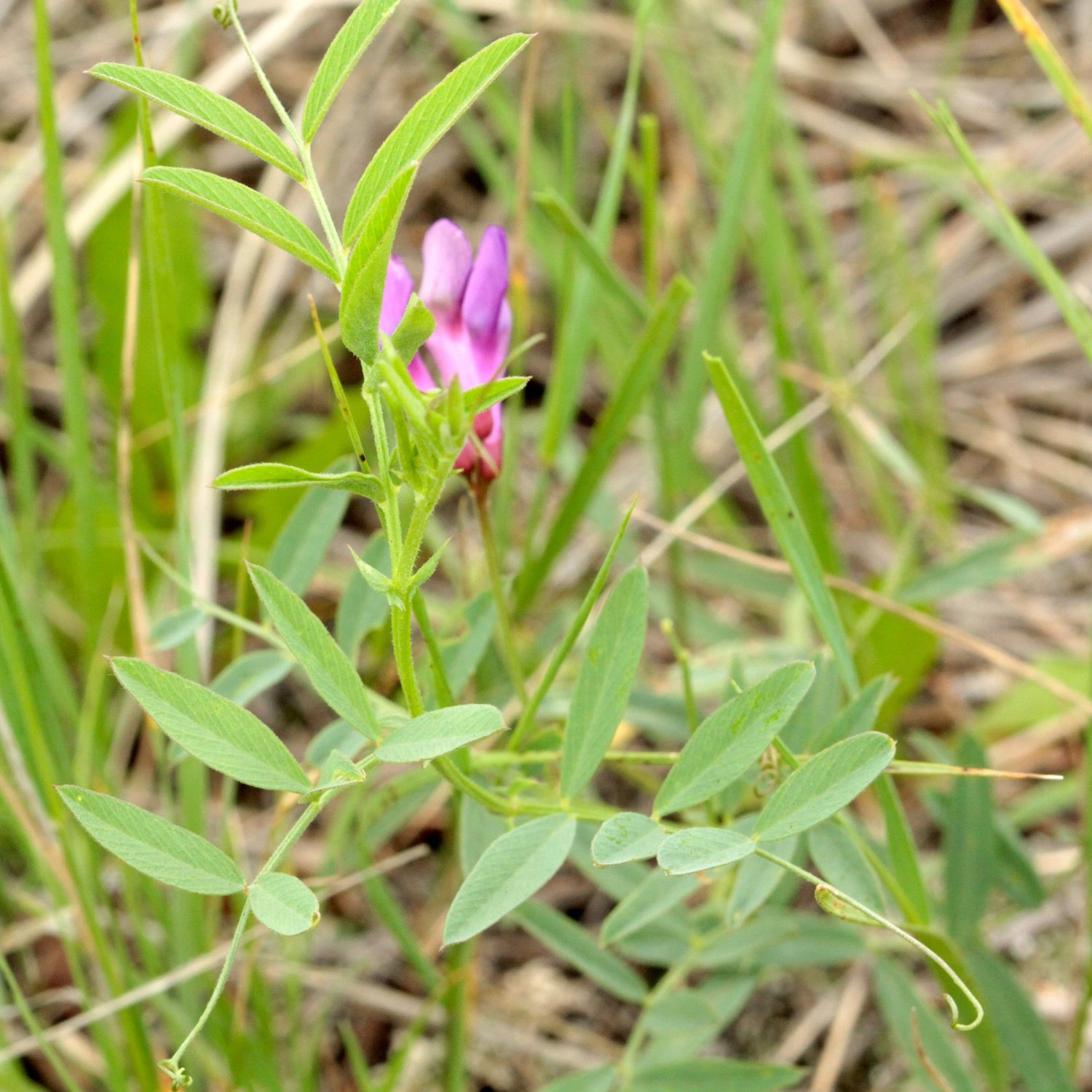
American vetch
Vicia americana
Moderate water requirements, full sun to partial shade. Bluish-purple flowers bloom April through July. Excellent palatability for wildlife and all classes of livestock. Native rhizomatous climbing perennial legume with purple flowers, blooming April to August. Very drought tolerant and widely adaptable, occurring in moist to dry soils of forest openings, meadows, shrublands and streambanks; up to 12,000 ft. elevation. Use for habitat restoration, mining reclamation, arid rangelands and roadsides. Increases following fire. Excellent palatability for all wildlife and ungulates. Important for native pollinators, including wild bees. Larval host of the Western blue tailed butterfly.
- Growing Region: Midwest, Pacific Northwest
- Blooms: Spring, Summer
- Life Form: Forb
- Application Type: Habitat Restoration, Land Reclamation
- Height: 0-1 ft
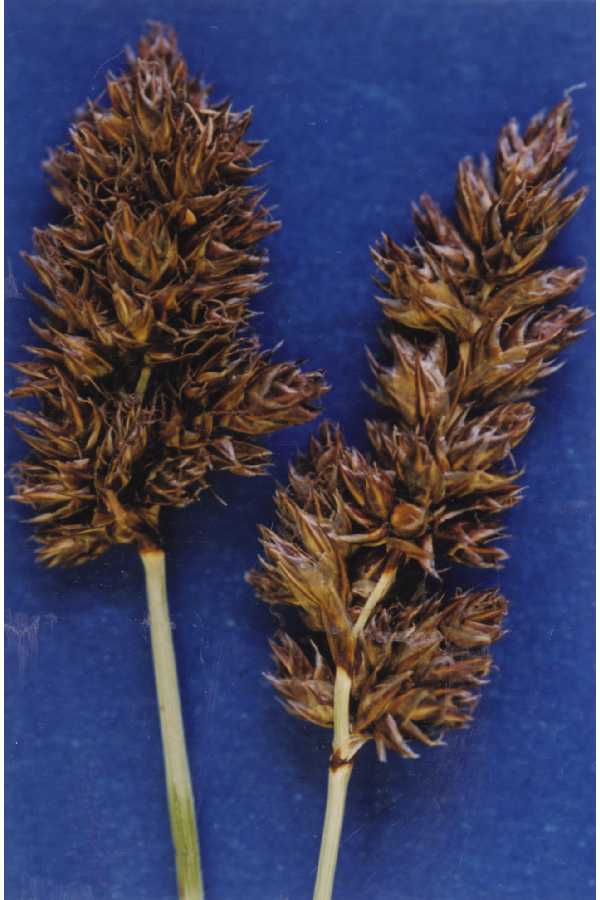
Analogue sedge
Carex simulata
Cool season, rhizomatous, native perennial grasslike common in many western states. Occurs in saturated soils of wet meadows and springs, from foothills to moderate elevations up to 9,000 ft. Often found on gentle slopes below seeps and on flat areas next to streams, sometimes in dense stands. Tolerates partial shade. Well-adapted to soils rich in organic matter but also to fine-textured saturated mineral soils. Useful for wetland and riparian restoration.
- Growing Region: Intermountain West, Pacific Northwest
- Blooms:
- Life Form: Grass
- Application Type: Habitat Restoration, Land Reclamation
- Height: 1-3 ft
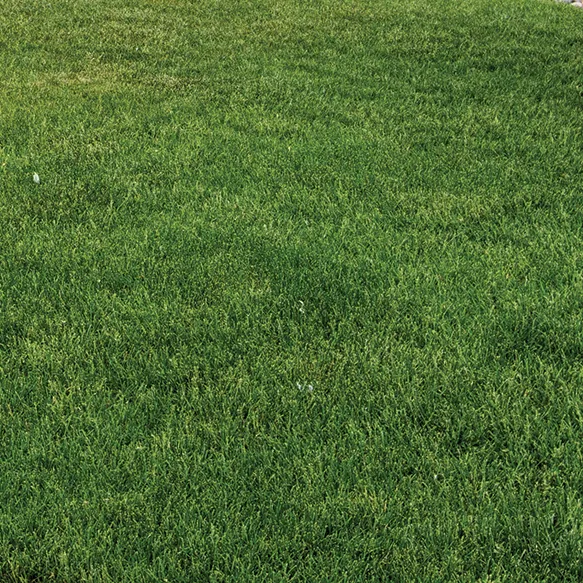
Annual ryegrass
Lolium perenne ssp. multiflorum
Formerly Lolium multiflorum. Cool season, annual bunchgrass adapted to many sites where adequate water is available. Establishes quickly and easily. Highly palatable to livestock and wildlife. Excellent for temporary pasture or for early spring growth in a perennial pasture mix. Use in erosion control blends for quick, temporary cover. Also used for winter over-seeding of dormant Warm season Bermudagrass (Cynodon dactylon) lawns in the south and southwest.
- Growing Region: Intermountain West, Northeast, Pacific Northwest, Midwest, Southeast, California
- Blooms:
- Life Form: Grass
- Application Type: Commercial Beautification, Erosion Control, Land Reclamation, Turf, Forage & Pasture
- Height: 1-3 ft
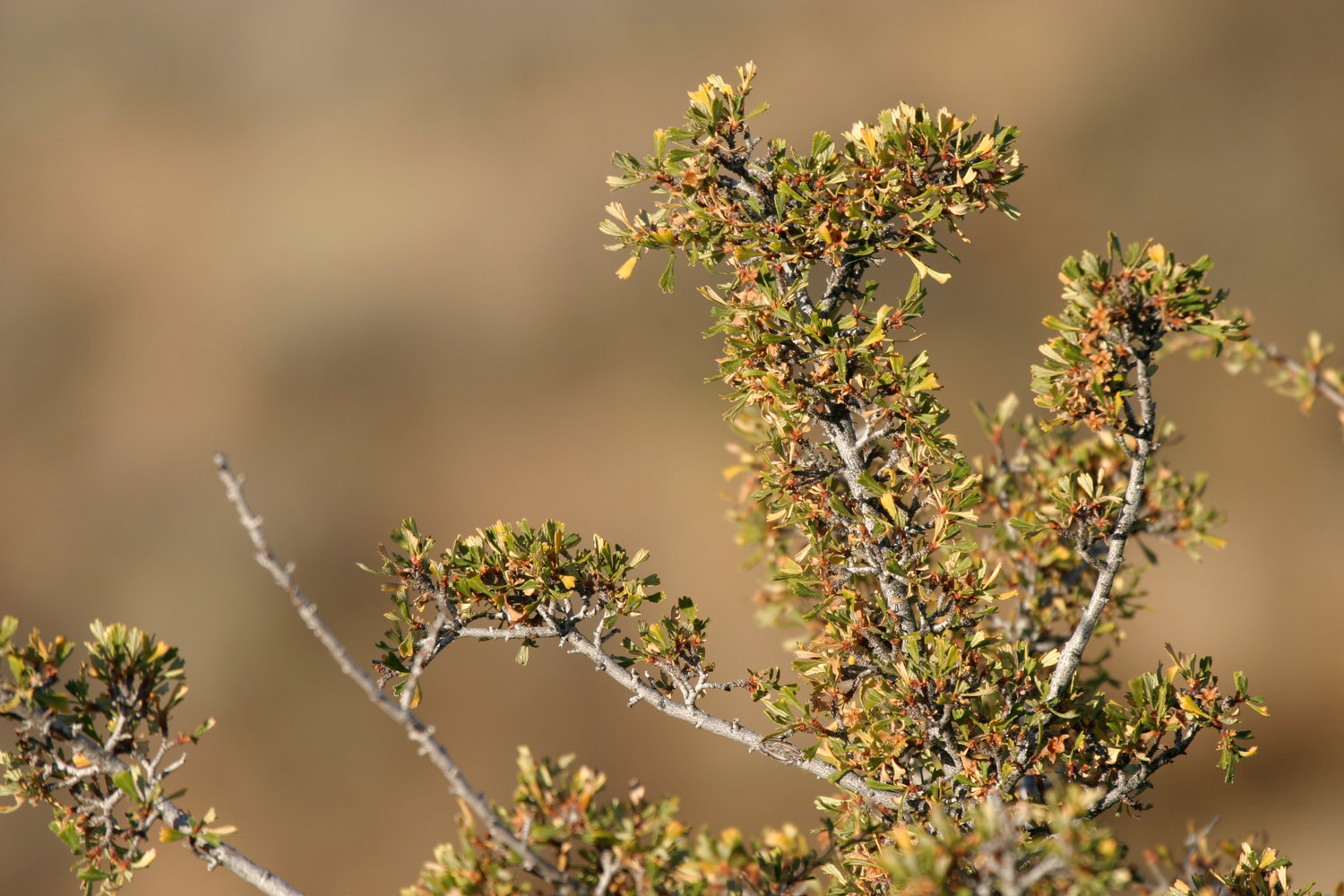
Antelope bitterbrush
Purshia tridentata
Moderate to deeply taprooted evergreen shrub 2-10 ft. tall with small yellowish flowers, blooming April to August. Adapted to a wide variety of well-drained soils, slightly acidic to basic, often deep, coarse profiles on dry slopes and hillsides within mixed shrub and woodland forest communities; up to 11,000 ft. elevation. Less drought tolerant than close relative Desert bitterbrush (P. tridentata var. glandulosa). Establishes by seed and layering, when branches take root after soil contact; some ecotypes may sprout. Mostly killed by wildfire. Occasionally able to produce nitrogen-fixing root nodules. Used for restoration, erosion control and mine reclamation. Moderately palatable to livestock and highly palatable to pronghorn, deer, elk and bighorn sheep. Caterpillar host plant for Behr's hairstreak butterfly and numerous moths, including Columbia silkmoth, Western sheepmoth, Walnut spanworm moth and Nuttall's sheepmoth.
- Growing Region: Intermountain West, Southwest, Pacific Northwest, California
- Blooms: Spring
- Life Form: Shrub
- Application Type: Habitat Restoration, Land Reclamation
- Height: 4+ ft
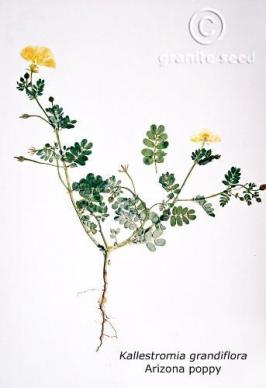
Arizona poppy
Kallstroemia grandiflora
Sprawling summer native annual with golden orange-yellow flowers, blooming July to October after desert monsoons. Quick germination when moisture is available. Found along roadsides, sandy washes, mesas, disturbed areas and low spots, often in mass communities; up to 6,500 ft. elevation. Use in desert restoration and native gardens. Prolific seed producer; seeds eaten by birds. Visited by numerous bees, wasps, flies and butterflies.
- Growing Region: Pacific Northwest, Southwest, Intermountain West, Midwest
- Blooms: Summer, Fall
- Life Form: Forb
- Application Type: Habitat Restoration, Land Reclamation
- Height: 1-3 ft
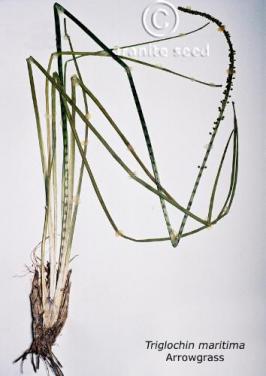
Arrowgrass
Triglochin maritima
Cool season, perennial grasslike species that occurs in saline and alkaline marshes, peat lands, plains and basins at low to middle elevations. Frequently grows with sedges and grasses but is often overlooked because of its slight stature. Poisonous to livestock.
- Growing Region: Pacific Northwest, California, Intermountain West, Northeast
- Blooms:
- Life Form: Grass
- Application Type: Habitat Restoration, Land Reclamation
- Height: 1-2 ft
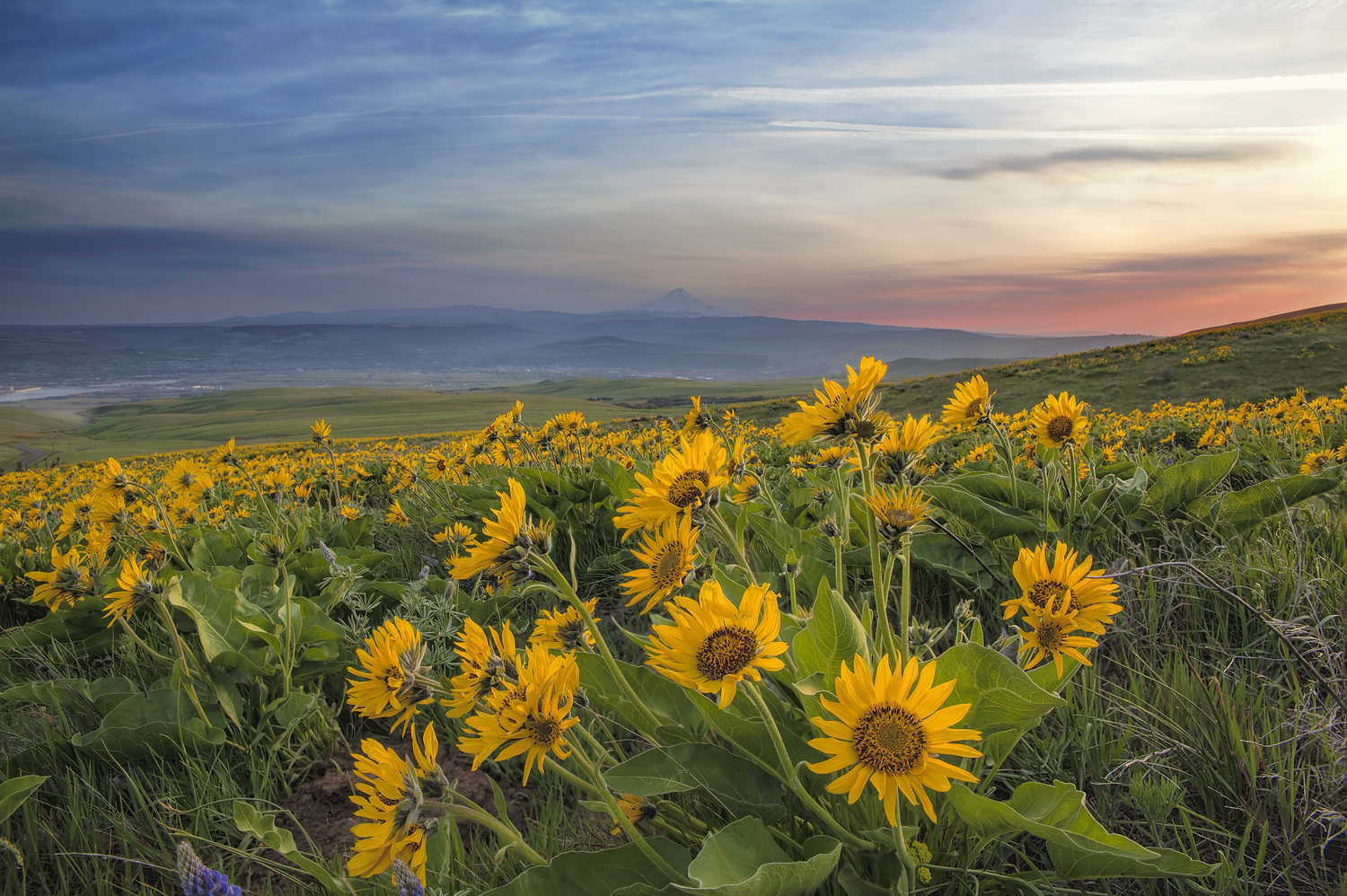
Arrowleaf balsamroot
Balsamorhiza sagittata
Drought tolerant, long-lived perennial native with yellow sunflower-like flowers, blooming April to July. Deep, thick taproot tolerant of fire, grazing, trampling and drought; seedlings slow to establish. Prefers deep, fine to medium textured well-drained soils. Often found in large patches. Common in sagebrush communities as well as mountain shrub communities, woodlands and open forests; up to 10,000 ft. elevation. Thought to have potential for use in oil shale and mining reclamation. Valuable spring and summer forage for mule deer, elk, bighorn sheep and pronghorn. Attractive to native pollinators. Sage-grouse eat the young shoots and flower buds.
- Growing Region: Pacific Northwest, Intermountain West, California
- Blooms: Spring, Summer
- Life Form: Forb
- Application Type: Habitat Restoration, Land Reclamation
- Height: 1-3 ft